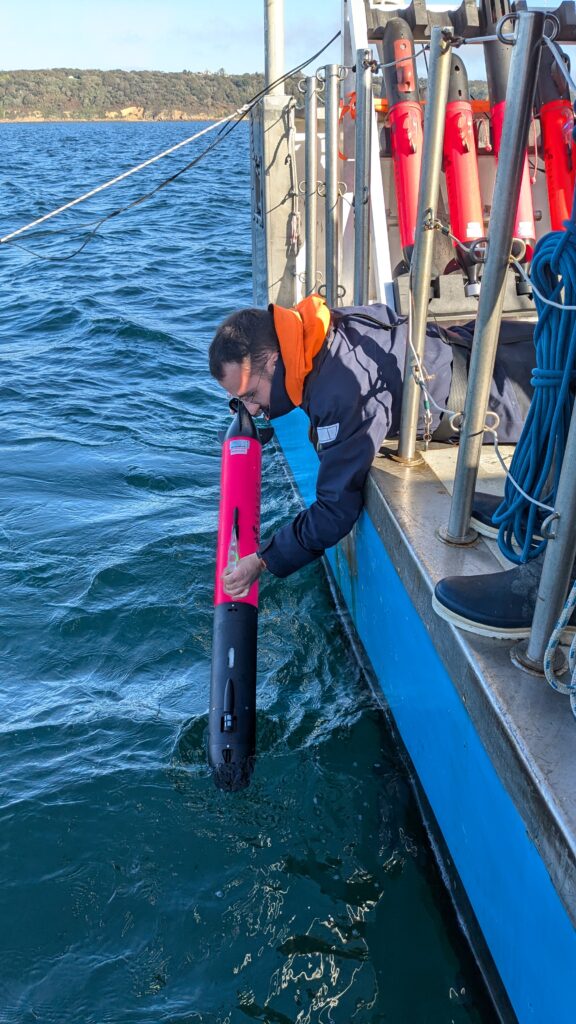
What Is the Difference Between ROV and AUV?
Underwater robotics has revolutionized how we explore, monitor, and interact with the ocean. Two commonly used technologies in this field are ROVs (Remotely Operated Vehicles) and AUVs (Autonomous Underwater Vehicles). While both are designed for underwater operations, they differ significantly in design, capabilities, and the way they are controlled. Understanding the differences between ROVs and AUVs is essential for selecting the right tool for specific underwater tasks.
1. Control and Operation
The primary difference between ROVs and AUVs lies in how they are operated.
- ROVs are tethered vehicles that are remotely controlled by an operator from the surface—usually from a ship or platform. A physical cable (or tether) connects the ROV to the operator, allowing for real-time control, video streaming, and power supply. This setup allows precise maneuvering and immediate response to changing conditions or obstacles.
- AUVs, on the other hand, are fully autonomous. They operate without a tether and are pre-programmed with a mission plan before deployment. Once submerged, they execute tasks using onboard sensors, GPS (when at the surface), and internal navigation systems. AUVs collect data independently and return to the surface when the mission is complete.
2. Power Supply and Endurance
ROVs are typically powered through the tether, which means they can operate for long durations as long as they’re connected to a power source on the surface. However, the tether limits their range and mobility, especially in complex underwater terrains.
AUVs rely on internal batteries, which limit their operational time (usually from a few hours to several days, depending on the model). However, the absence of a tether gives them much greater range and flexibility, making them ideal for long-distance missions in open water.
3. Applications
Both ROVs and AUVs serve critical but different roles in underwater operations.
ROVs are ideal for:
- Real-time inspection and repair of underwater structures like oil rigs, pipelines, and ship hulls
- Salvage and recovery operations
- Underwater construction and maintenance
- Military tasks, such as mine disposal or harbor security
- Situations requiring human decision-making on the spot
AUVs are best suited for:
- Seafloor mapping and hydrographic surveys
- Scientific data collection (e.g., water temperature, salinity, current profiles)
- Environmental monitoring
- Long-distance missions in deep or remote areas
- Tasks that require stealth or minimal interference
4. Equipment and Capabilities
- ROVs often come equipped with robotic arms, multiple cameras, lights, sonar systems, and specialized tools for manipulation and repair. They are designed to interact physically with the underwater environment.
- AUVs focus primarily on data collection. They are equipped with sonar, cameras, sensors, and sometimes sampling tools, but they lack manipulator arms or direct real-time control. Their strength lies in surveying and monitoring over large areas efficiently and silently.
5. Cost and Complexity
- ROVs are generally more expensive to operate because they require a support vessel, trained operators, and complex tether systems. They are more suited to large-scale commercial or industrial missions.
- AUVs have a higher upfront cost but can be more cost-effective in the long run for specific applications, especially when frequent or long-range data collection is needed without constant human supervision.
In summary, the main difference between ROVs and AUVs is how they are controlled and the type of missions they are designed for. ROVs offer real-time control and precision, making them ideal for hands-on tasks in underwater environments. AUVs, meanwhile, provide autonomous, long-range capabilities perfect for scientific research and large-scale exploration. Both technologies are essential to advancing our understanding of the ocean and supporting industries such as offshore energy, marine science, defense, and environmental conservation.
